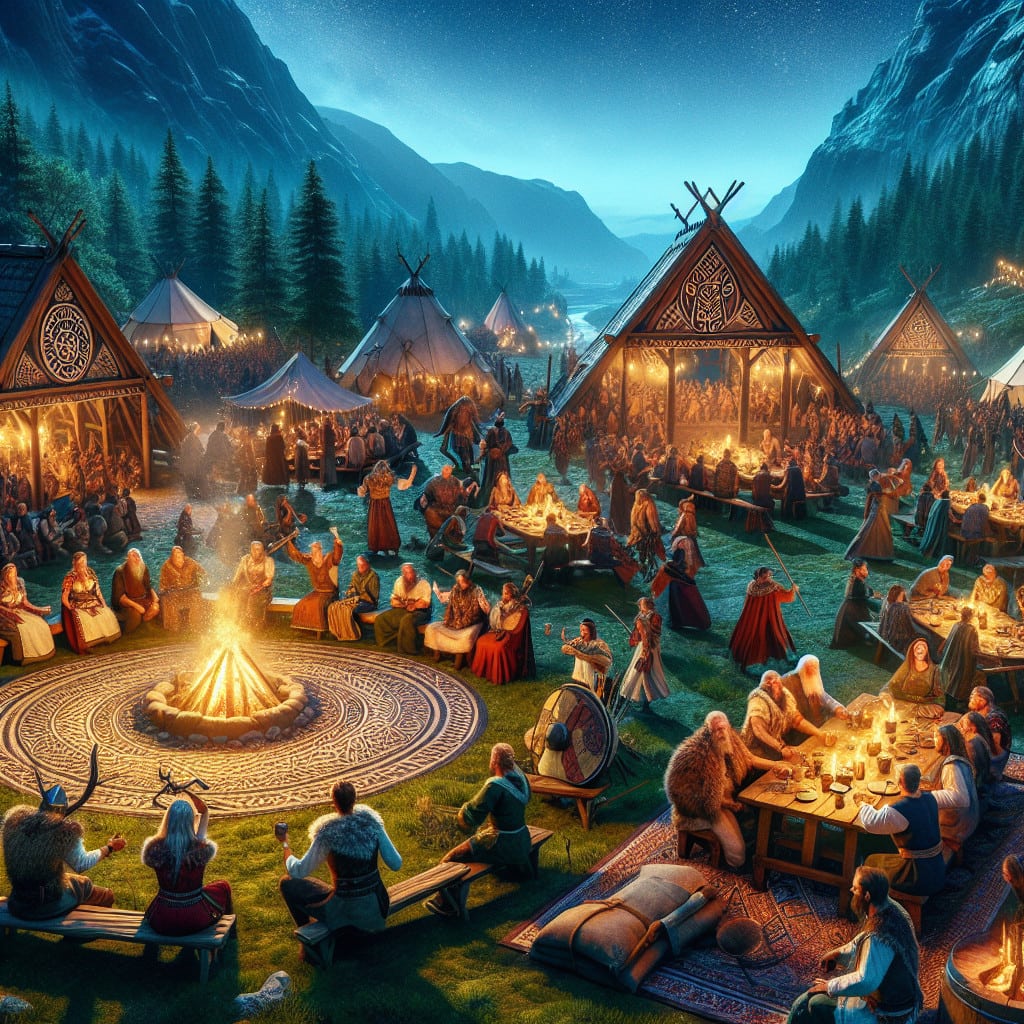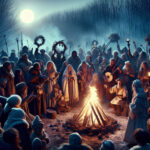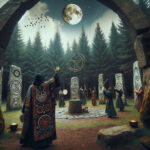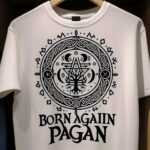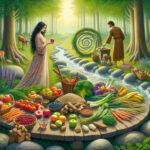Norse Paganism is a rich, vibrant spiritual tradition rooted in ancient Scandinavian and Germanic cultures. This faith, which includes its own mythology, pantheon of gods and goddesses, and rituals, is still practiced by many today. One important part of Norse Paganism is the celebration of its holidays, which have been observed for centuries. In this article, we will explore the history and rituals associated with Norse Pagan holidays, as well as their modern-day significance.
The Norse Pagan holidays were a set of celebrations and festivities that were part of the religious beliefs of the ancient Norse and Viking people. The holidays were held in honor of the gods and goddesses of the Norse Pantheon. The holidays were celebrated with feasts, sacrifices and offerings, and a variety of rituals and festivities. These holidays could be celebrated throughout the year, and some of them were celebrated at the same time each year. In this article, we will look at some of the most important Norse Pagan holidays.
Yule
Yule was one of the most important Norse Pagan holidays, and it was celebrated on the winter solstice. It was a time of celebration and joy, when people celebrated the return of the sun and the promise of longer days and warmer weather. Yule was a time of feasting, drinking, and merriment, and it was also a time to honor the gods and goddesses of the Norse Pantheon. Yule was celebrated with a variety of rituals and celebrations, such as the burning of the Yule log, the exchange of gifts, and the making of special foods. Yule was a time of renewal and hope, and it was a time to look forward to the coming year.
Ostara
Ostara was another important Norse Pagan holiday that was celebrated on the spring equinox. It was a time of fertility and renewal, and it was celebrated with a variety of rituals and festivities. People celebrated by decorating eggs and exchanging gifts, and by feasting on traditional Ostara foods. Ostara was also a time to honor the goddess Ostara, who was associated with fertility and rebirth. This holiday was a time of hope and anticipation, as people looked forward to the coming of summer.
Midsummer
Midsummer was another important Norse Pagan holiday that was celebrated on the summer solstice. It was a time of joy and celebration, and it was celebrated with a variety of rituals and festivities. People celebrated by dancing around bonfires, exchanging gifts, and feasting on traditional Midsummer foods. Midsummer was also a time to honor the gods and goddesses of the Norse Pantheon. This holiday was a time of abundance and joy, as people celebrated the coming of summer.
Lammas
Lammas was another important Norse Pagan holiday that was celebrated on the first of August. It was a time of harvest and thanksgiving, and it was celebrated with a variety of rituals and festivities. People celebrated by collecting and storing grain, exchanging gifts, and feasting on traditional Lammas foods. Lammas was also a time to honor the god Freyr, who was associated with fertility and abundance. This holiday was a time of abundance and gratitude, as people celebrated the bounty of the harvest.
Autumn Equinox
The Autumn Equinox was another important Norse Pagan holiday that was celebrated on the fall equinox. It was a time of balance and harmony, and it was celebrated with a variety of rituals and festivities. People celebrated by exchanging gifts, and by feasting on traditional Autumn Equinox foods. The Autumn Equinox was also a time to honor the gods and goddesses of the Norse Pantheon. This holiday was a time of balance and harmony, as people looked forward to the coming of winter.
Winter Solstice
The Winter Solstice was another important Norse Pagan holiday that was celebrated on the winter solstice. It was a time of renewal and hope, and it was celebrated with a variety of rituals and festivities. People celebrated by exchanging gifts, and by feasting on traditional Winter Solstice foods. The Winter Solstice was also a time to honor the gods and goddesses of the Norse Pantheon. This holiday was a time of renewal and hope, as people looked forward to the coming of spring.
Conclusion
The Norse Pagan holidays were a set of celebrations and festivities that were part of the religious beliefs of the ancient Norse and Viking people. These holidays could be celebrated throughout the year, and some of the most important holidays were Yule, Ostara, Midsummer, Lammas, the Autumn Equinox, and the Winter Solstice. Each of these holidays was celebrated with a variety of rituals and festivities, such as the burning of the Yule log, the exchange of gifts, and the making of special foods. These holidays were a time of joy and celebration, and a time to honor the gods and goddesses of the Norse Pantheon. They were also a time of renewal and hope, as people looked forward to the coming of the new season.
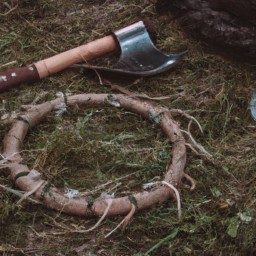
The Norse Pagan holidays provide not only an opportunity to connect with the ancient gods and goddesses of the Norse Pantheon, but also a chance to honor the traditions and beliefs of the ancient Norse people. These holidays offer a unique way to celebrate the changing of the seasons, the cycle of life and death, and the importance of family and community. By honoring the Norse Pagan holidays, we can connect to our own pagan roots, and gain a deeper understanding of our own beliefs and values. It is important to remember that while the Norse Pagan holidays are rooted in ancient beliefs, they are still relevant and meaningful today.

